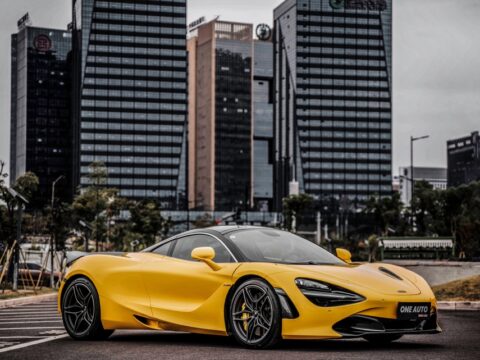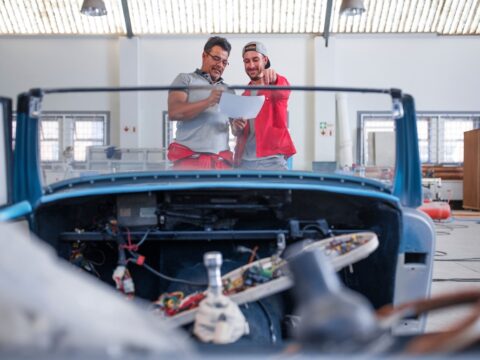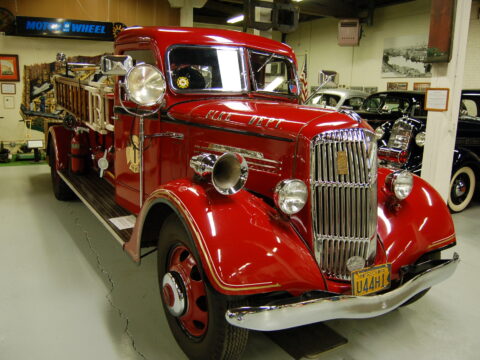Muscle cars have captured the hearts of car enthusiasts for decades, known for their powerful engines and iconic designs. But not all features of these classic cars are created equal. In this article, we’ll dive into the 10 best and 10 worst features of iconic muscle cars, highlighting what makes them beloved and what might leave you wanting more. Let’s explore the highs and lows of these automotive legends.
Contents
Powerful Engines
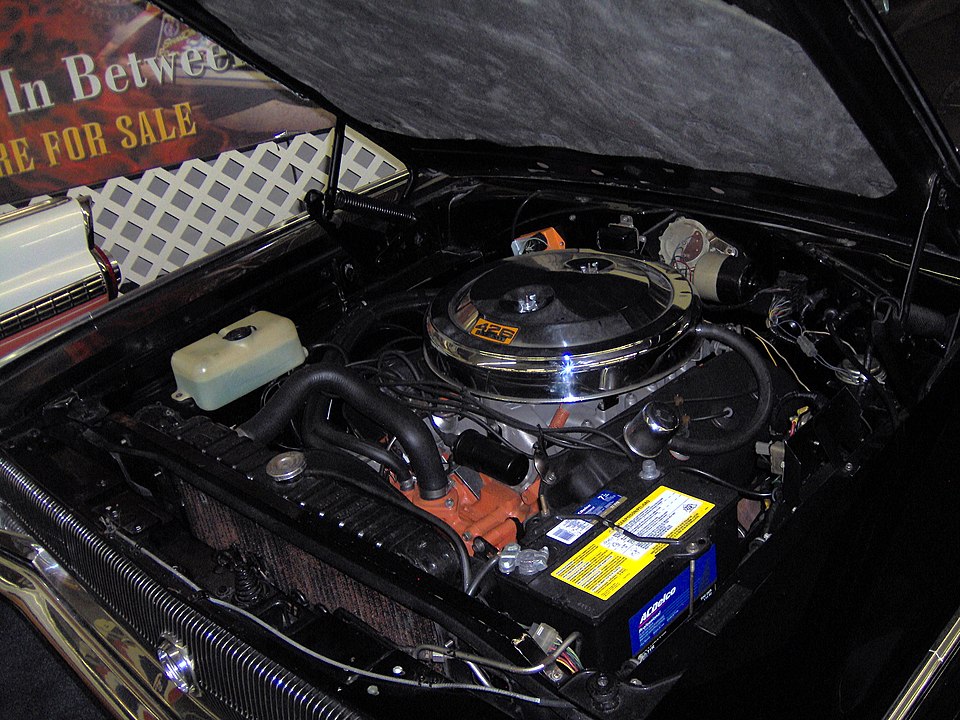
Iconic muscle cars are renowned for their high-horsepower V8 engines, which deliver impressive acceleration and top speeds. These engines, such as the 426 Hemi or the 454 Big Block, define the muscle car era by providing raw power that translates to an exhilarating driving experience.
Aggressive Styling
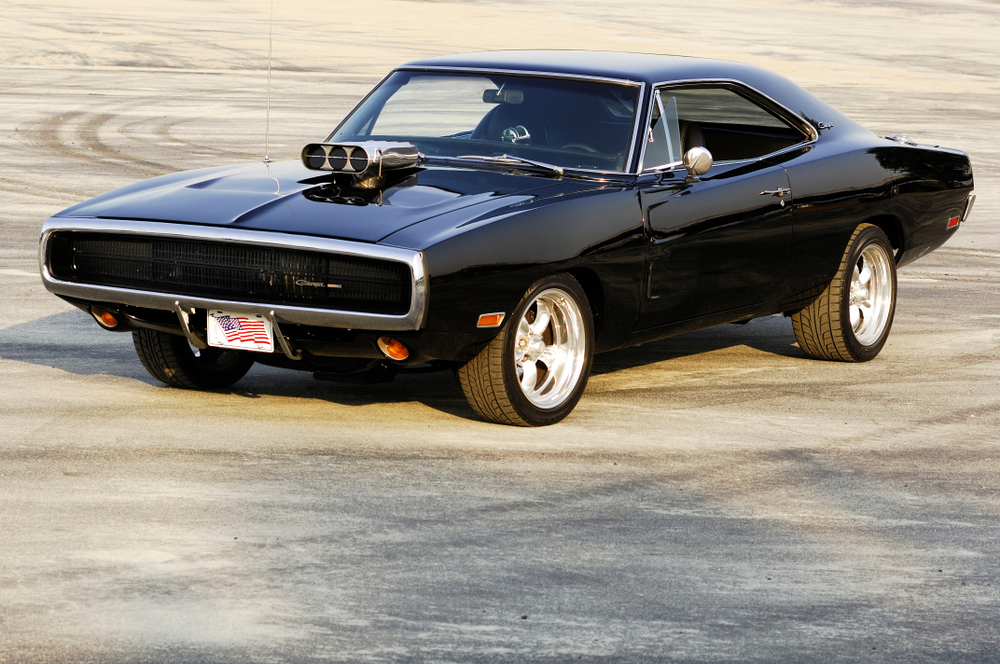
The bold lines, wide stances, and muscular shapes of muscle cars make them visually striking and instantly recognizable. Features like the long hoods, short rear decks, and aggressive front grilles of models like the Dodge Charger and Ford Mustang contribute to their iconic looks.
Rear-Wheel Drive
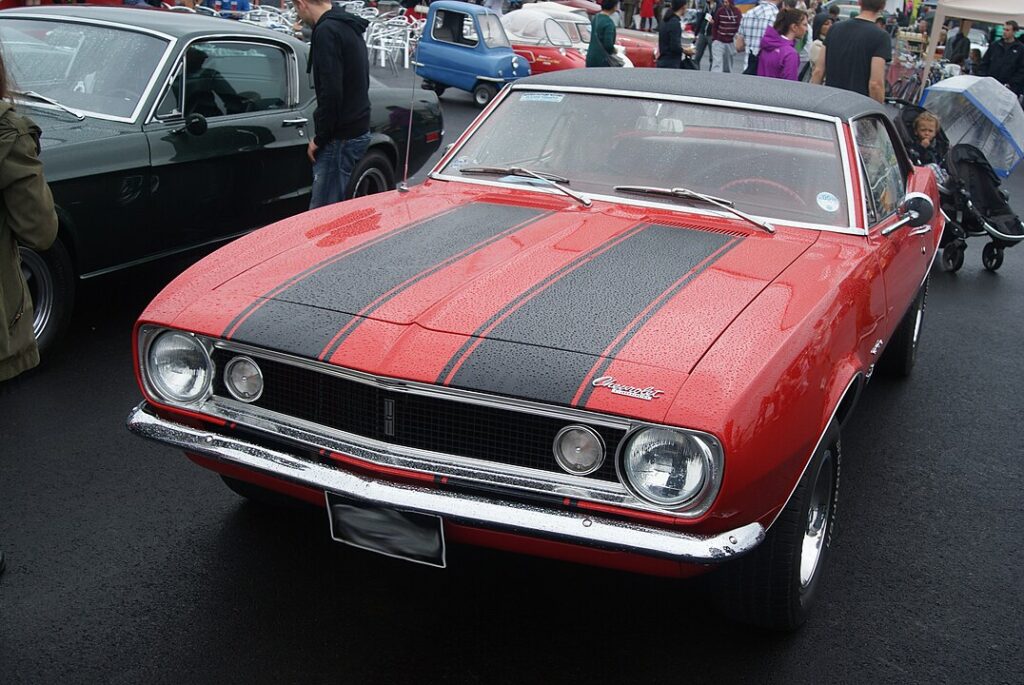
Rear-wheel drive setups in muscle cars enhance handling and driving dynamics, offering a thrilling driving experience. This configuration allows for better weight distribution and improved traction during acceleration, making cars like the Chevrolet Camaro and Pontiac GTO fun to drive.
Nostalgic Appeal
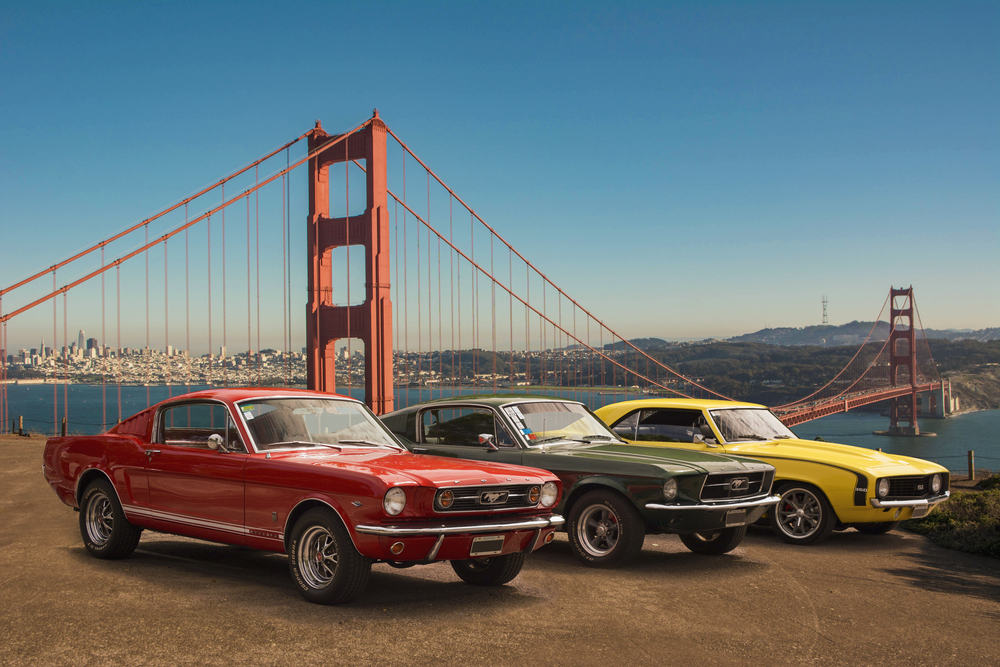
Muscle cars evoke a strong sense of nostalgia and cultural significance. They represent a bygone era of American automotive history, connecting enthusiasts to the 1960s and 70s when these cars symbolized freedom, power, and rebellion.
Customization Potential
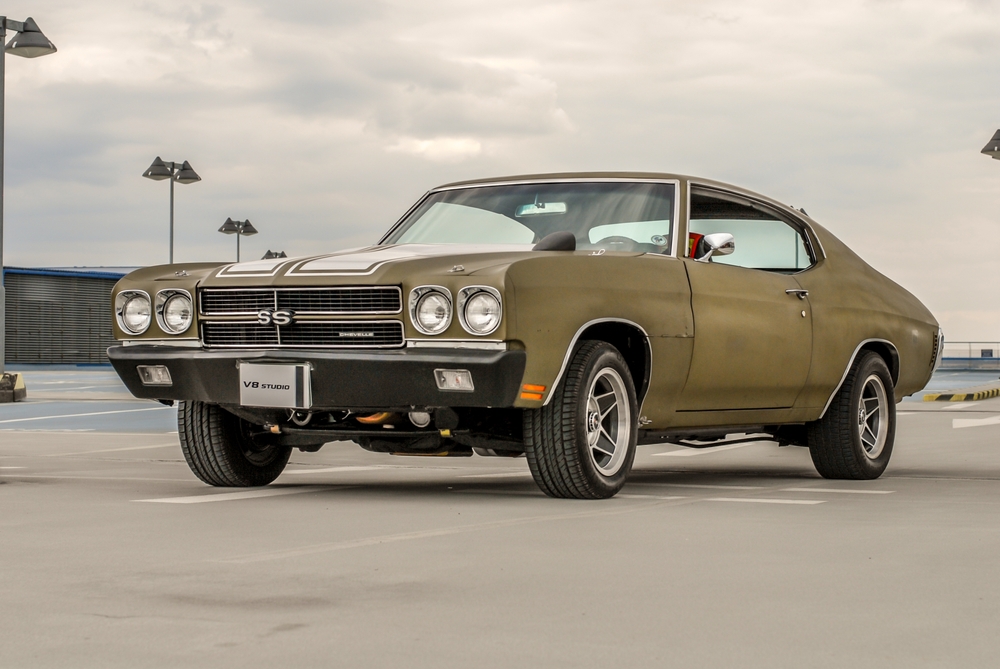
Muscle cars offer vast opportunities for customization, allowing owners to personalize their vehicles extensively. From performance upgrades to aesthetic modifications, muscle car enthusiasts can make their vehicles truly unique, enhancing their appeal and functionality.
Distinctive Exhaust Notes
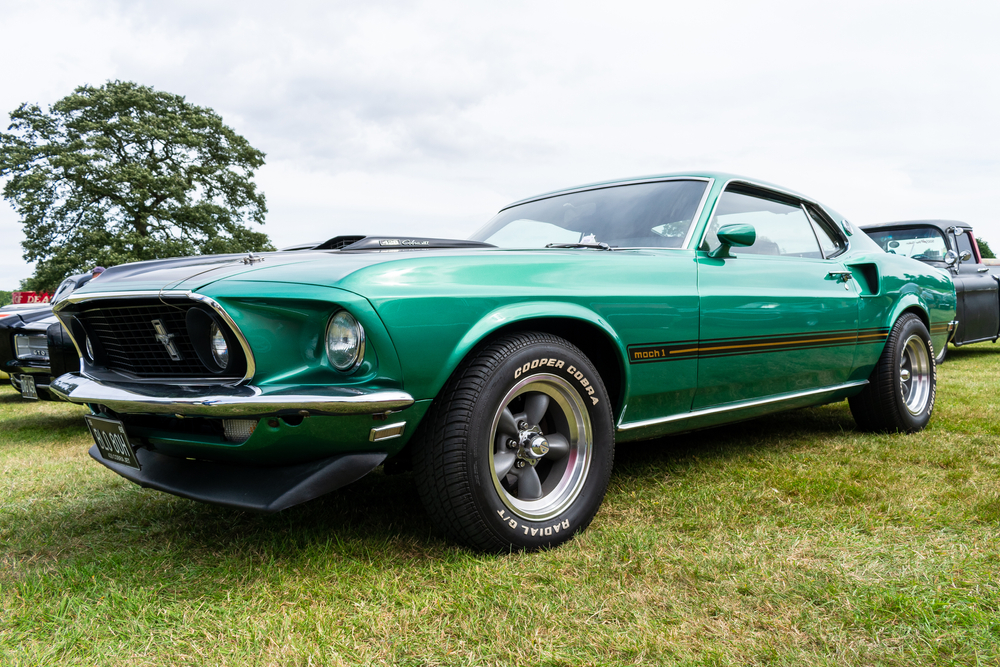
The deep, throaty roar of a muscle car’s exhaust is a key part of its charm and appeal. Engines like the Ford 428 Cobra Jet produce a sound that is unmistakable, adding to the sensory experience of driving these powerful machines.
High Performance
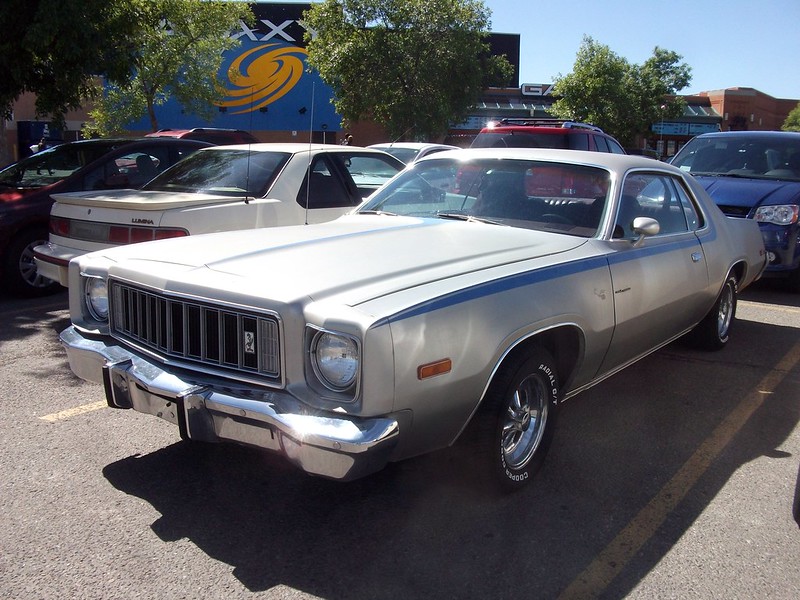
Many classic muscle cars were built for speed and performance, making them fun to drive on open roads and racetracks. Models like the Plymouth Road Runner and the Chevrolet Chevelle SS were designed to deliver exceptional performance, showcasing impressive acceleration and top speeds.
Durability
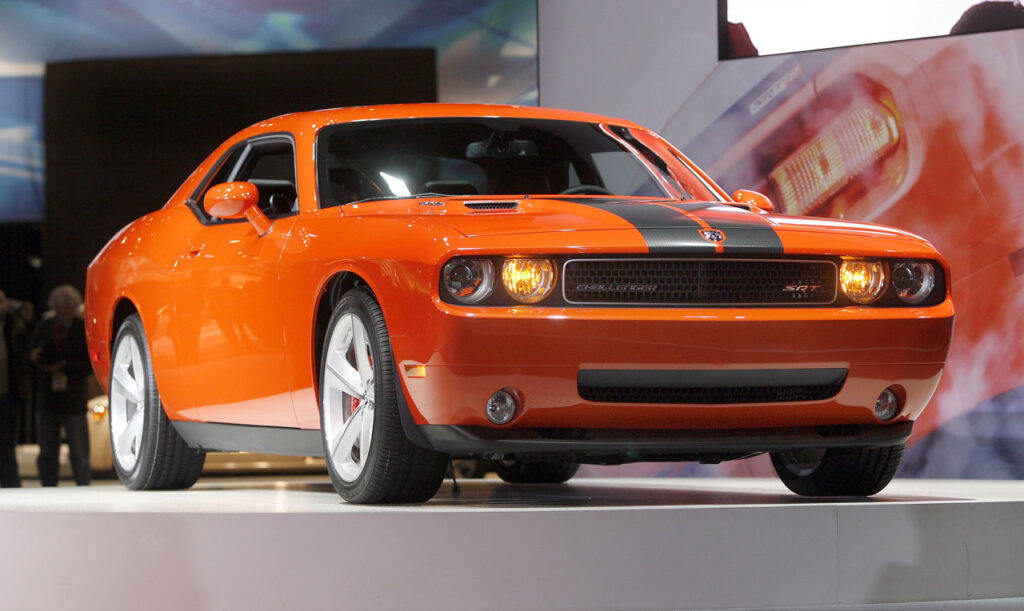
Built with robust materials, many muscle cars have stood the test of time, showcasing their durability. Despite their age, well-maintained muscle cars like the Dodge Challenger and the Buick GSX continue to perform reliably, proving the longevity of their construction.
Collector’s Value
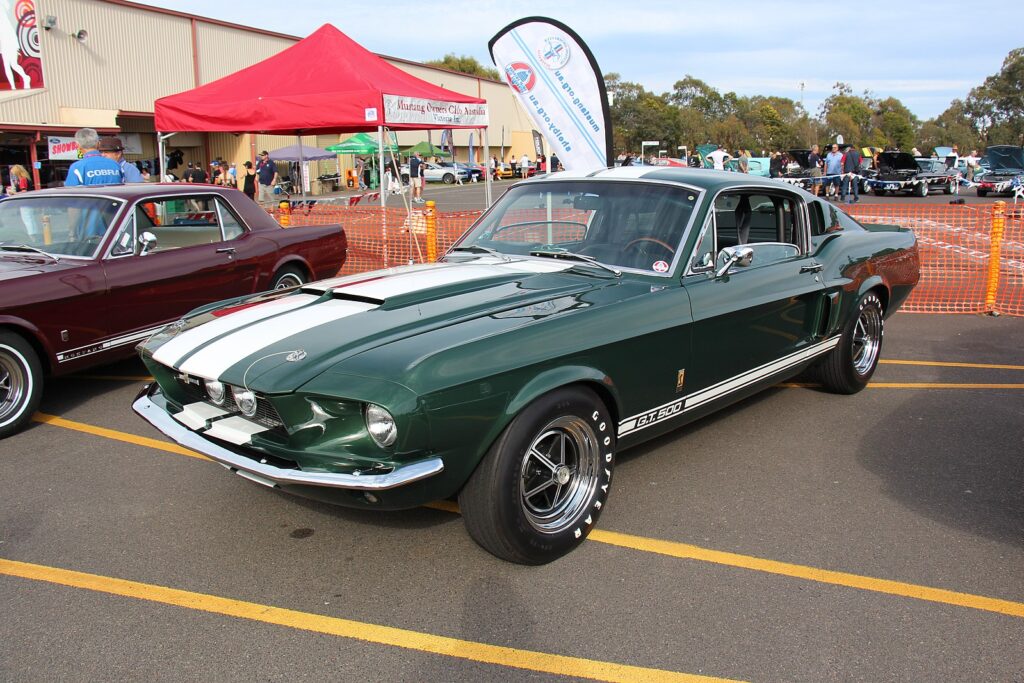
Due to their historical significance and limited production, many muscle cars have become valuable collector’s items. Cars like the Shelby GT500 and the Pontiac Firebird Trans Am command high prices at auctions, reflecting their desirability and investment potential.
Manual Transmissions
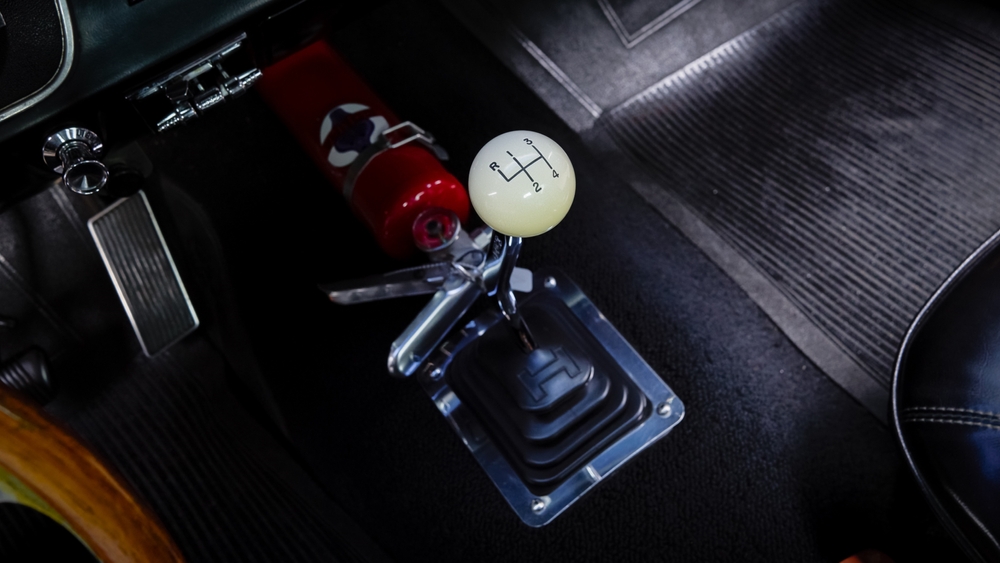
The availability of manual transmissions enhances the driving experience, giving drivers more control and engagement. Muscle cars with manual gearboxes, such as the classic Ford Mustang GT, offer a more interactive and enjoyable driving experience, allowing enthusiasts to fully experience the car’s power.
Poor Fuel Efficiency
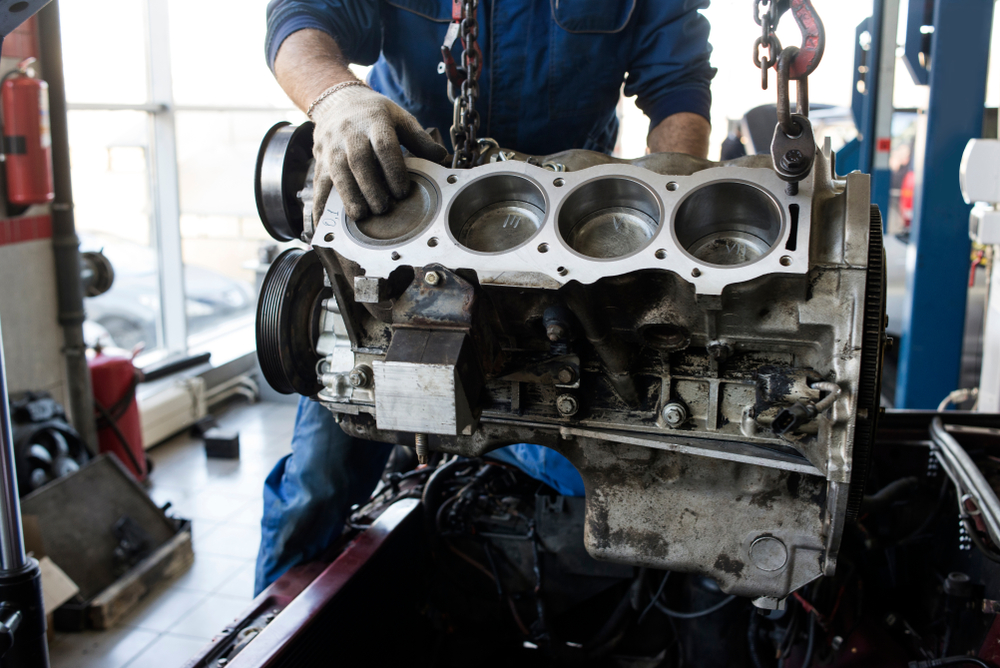
Muscle cars are notorious for their low miles-per-gallon ratings, making them expensive to run. The powerful V8 engines that deliver impressive performance also consume large amounts of fuel, which can be a significant drawback for everyday use.
Primitive Safety Features
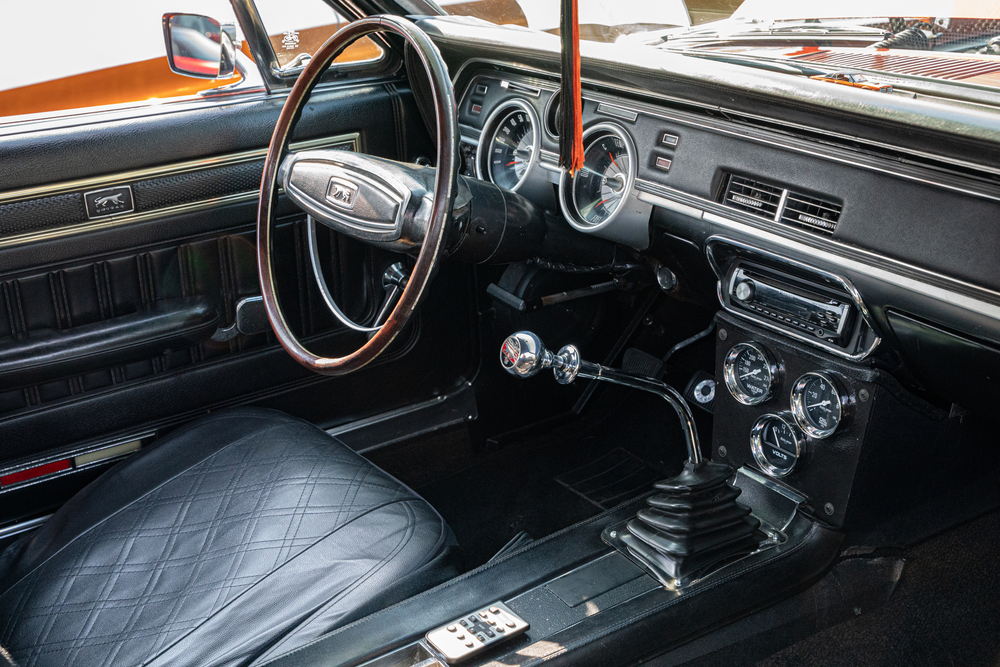
Many classic models lack modern safety features like airbags, ABS, and crumple zones, posing higher risks in accidents. The absence of these essential safety measures makes driving older muscle cars potentially hazardous compared to modern vehicles.
Heavy Weight
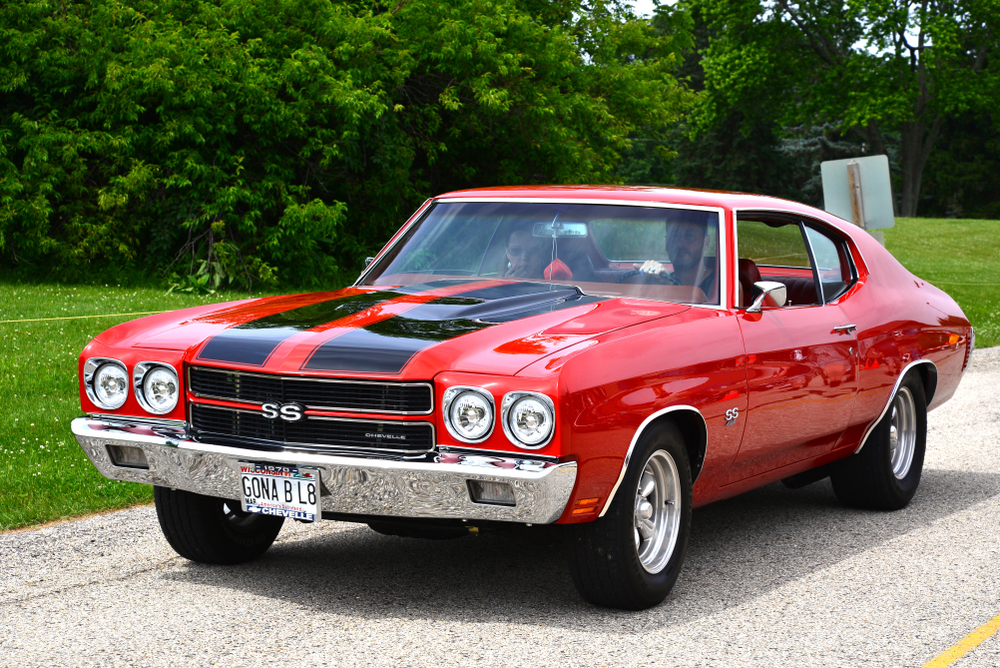
The large engines and heavy body panels contribute to a higher curb weight, affecting agility and fuel economy. Muscle cars like the Dodge Charger and Chevrolet Chevelle SS can feel cumbersome and less responsive, especially compared to lighter, more modern cars.
Unreliable Handling
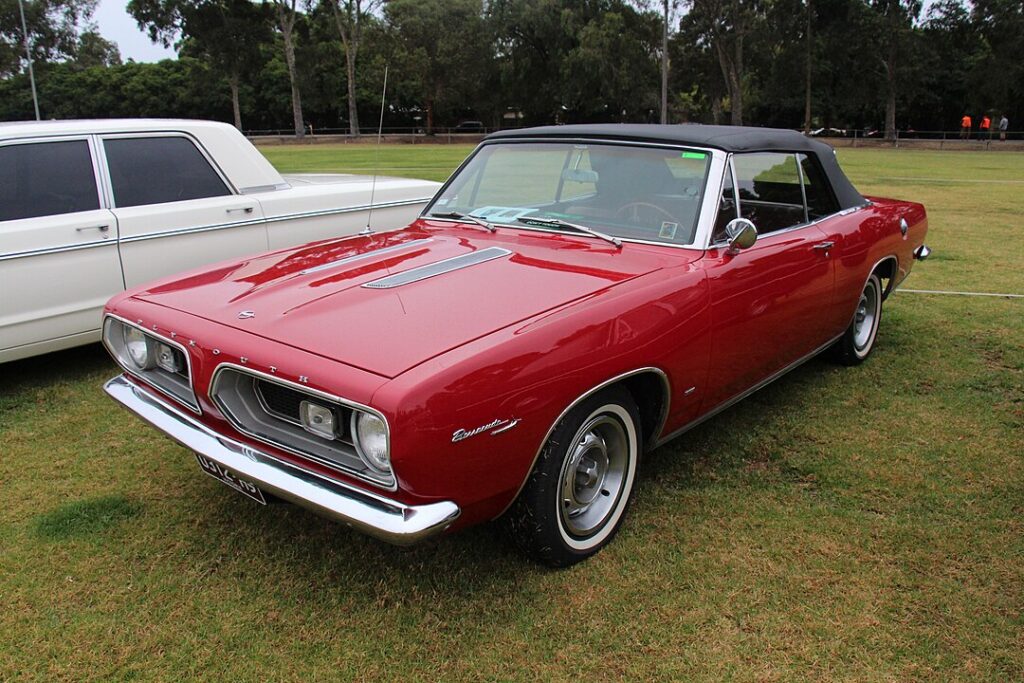
Older suspension designs and technology often result in less precise handling compared to modern vehicles. Muscle cars like the Plymouth Barracuda and the Pontiac GTO may struggle with cornering and stability, making them less predictable and harder to control at high speeds.
Limited Comfort
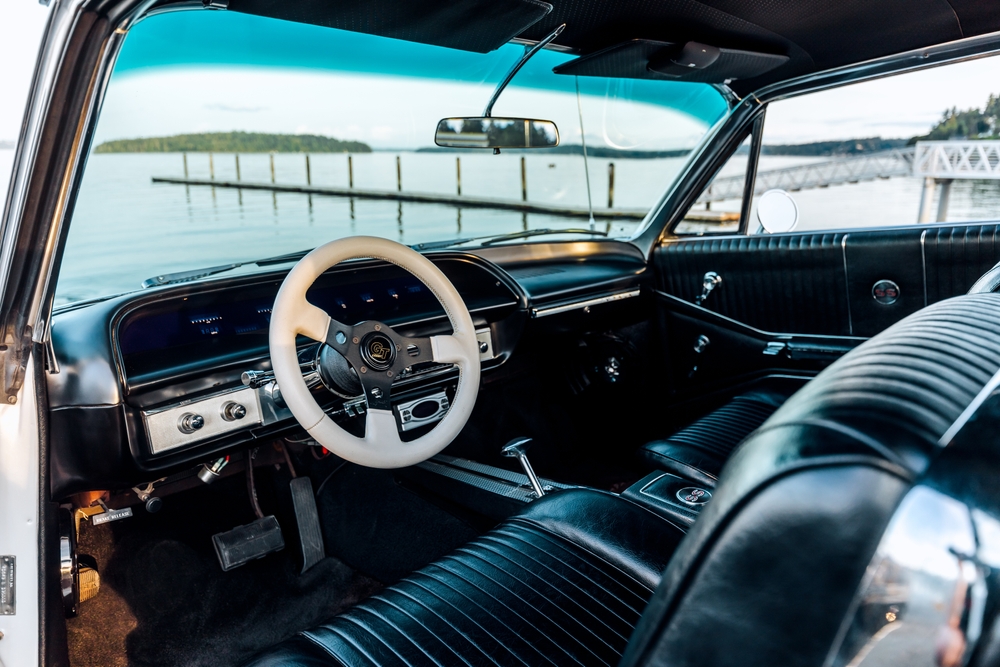
Basic interiors and minimal comfort features make long drives less enjoyable. Muscle cars were designed with performance in mind, often neglecting aspects like comfortable seating, climate control, and noise insulation, which can impact the overall driving experience.
Rust Issues
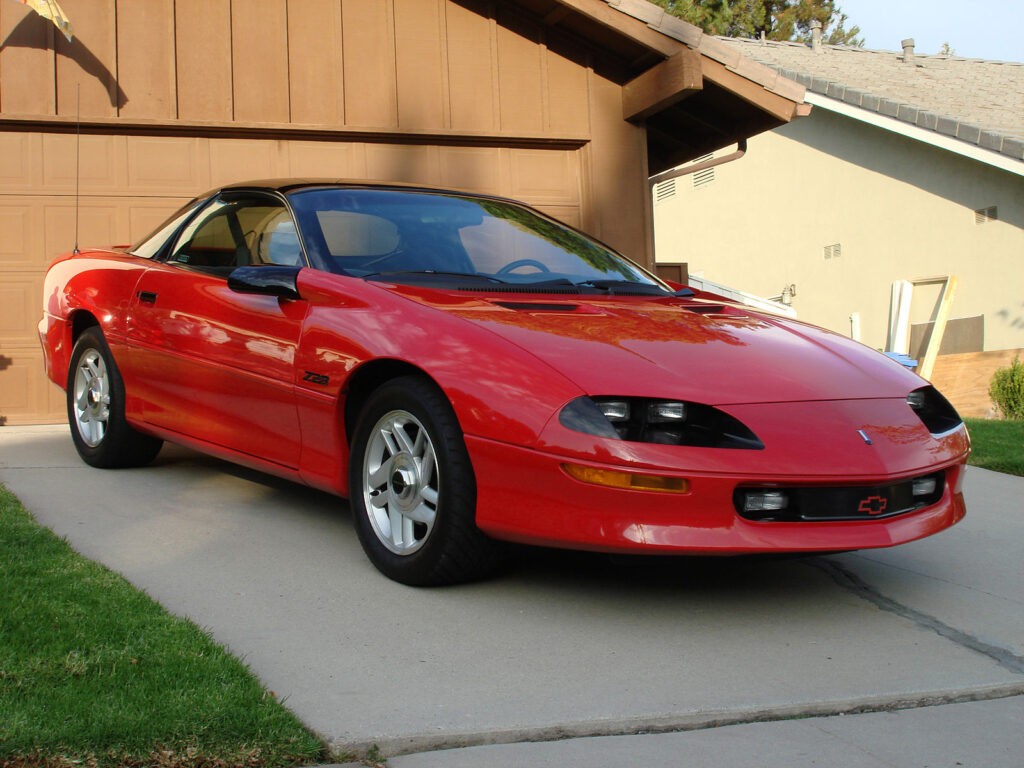
Many classic muscle cars suffer from rust problems due to the materials and manufacturing processes used at the time. Models like the Ford Mustang and Chevrolet Camaro are prone to rusting, particularly in areas like the floor pans and quarter panels, which can compromise their structural integrity.
High Maintenance Costs

Maintaining and repairing these cars can be expensive due to the availability of parts and specialized labor. Classic muscle cars often require ongoing maintenance and restoration efforts, leading to significant costs for enthusiasts who want to keep their vehicles in top condition.
Environmental Impact
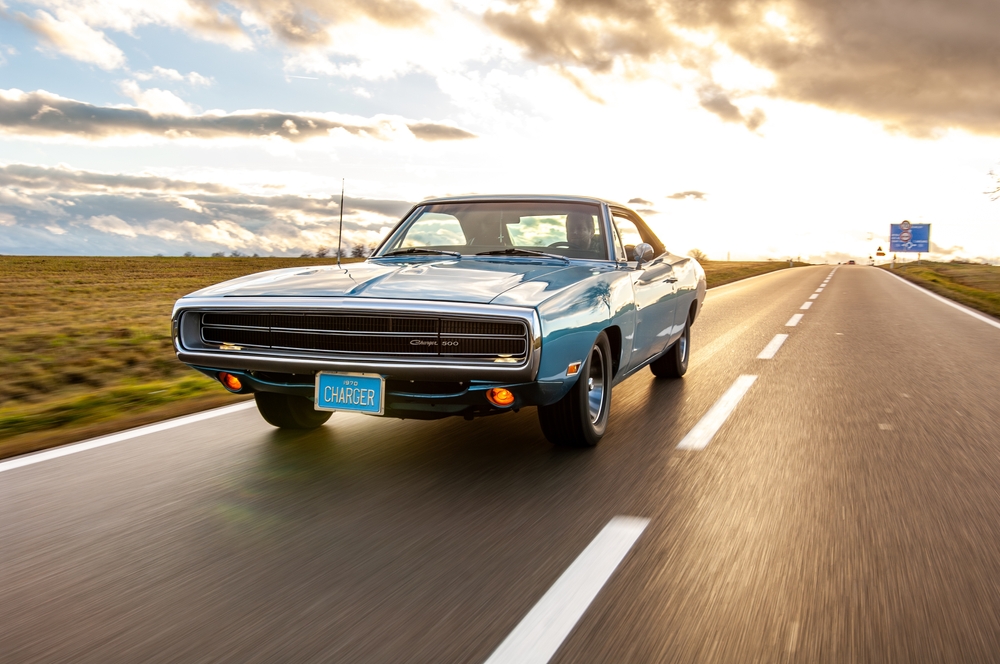
Older muscle cars tend to have higher emissions, contributing more to environmental pollution. The lack of modern emissions control technologies means that these vehicles produce more pollutants, making them less environmentally friendly compared to newer cars.
Basic Technology
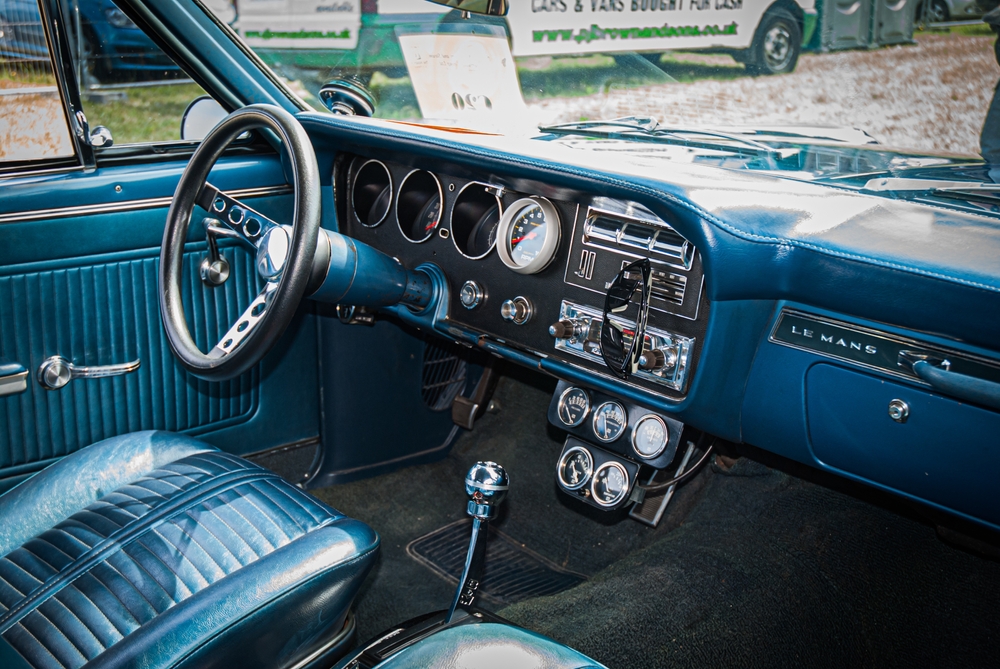
Lacking modern conveniences such as advanced infotainment systems, climate control, and connectivity options. Muscle cars were built during a time when such technologies were not available, resulting in a more rudimentary and less comfortable driving experience.
Limited Braking Performance
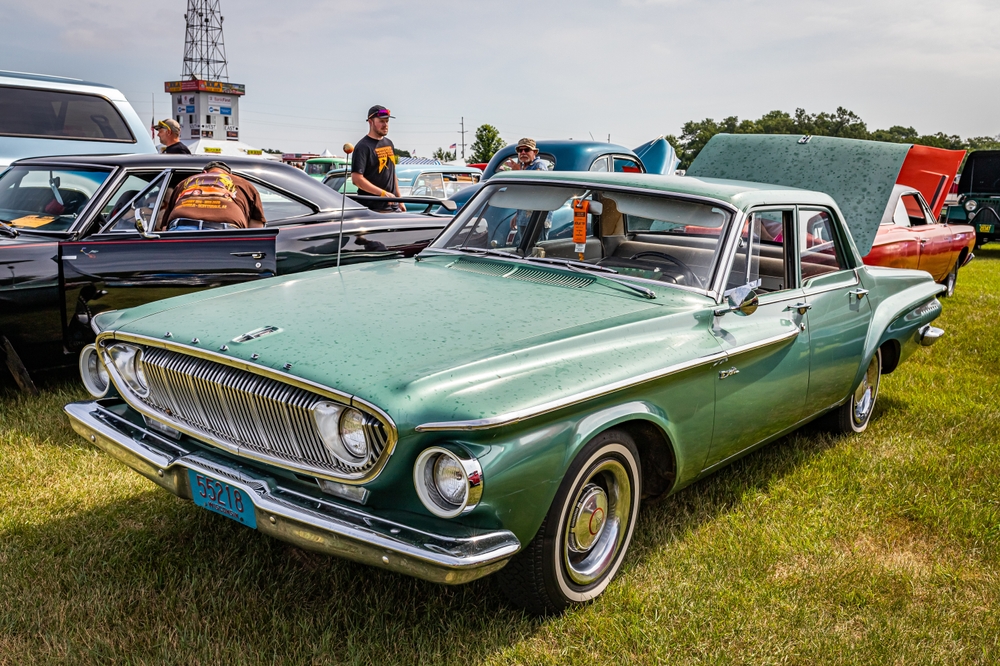
Drum brakes and outdated braking systems in many muscle cars provide less stopping power and fade resistance. This can be a significant safety concern, as the braking performance of classic muscle cars like the Dodge Dart and Chevrolet Nova may not match their powerful acceleration capabilities, leading to longer stopping distances and reduced control.
This article originally appeared in MyCarMakesNoise.
More from MyCarMakesNoise
13 Car Detailing Products That Are Mostly Hype
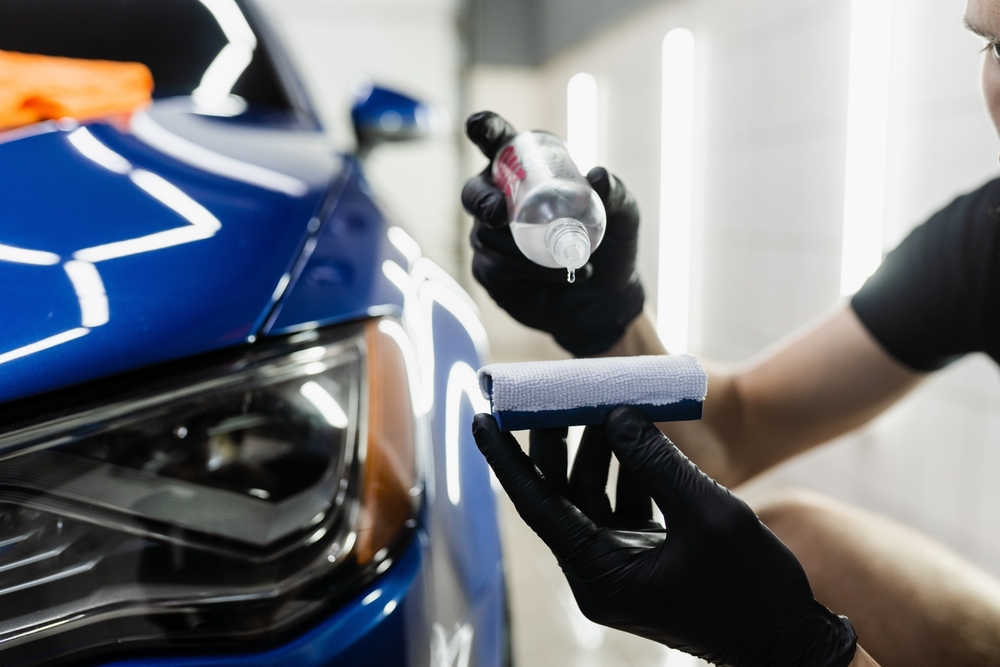
Not all car detailing products live up to their bold claims. Many promise quick fixes and long-lasting results but often leave consumers disappointed. Read More.
19 Misconceptions About Sports Cars You Need to Ignore
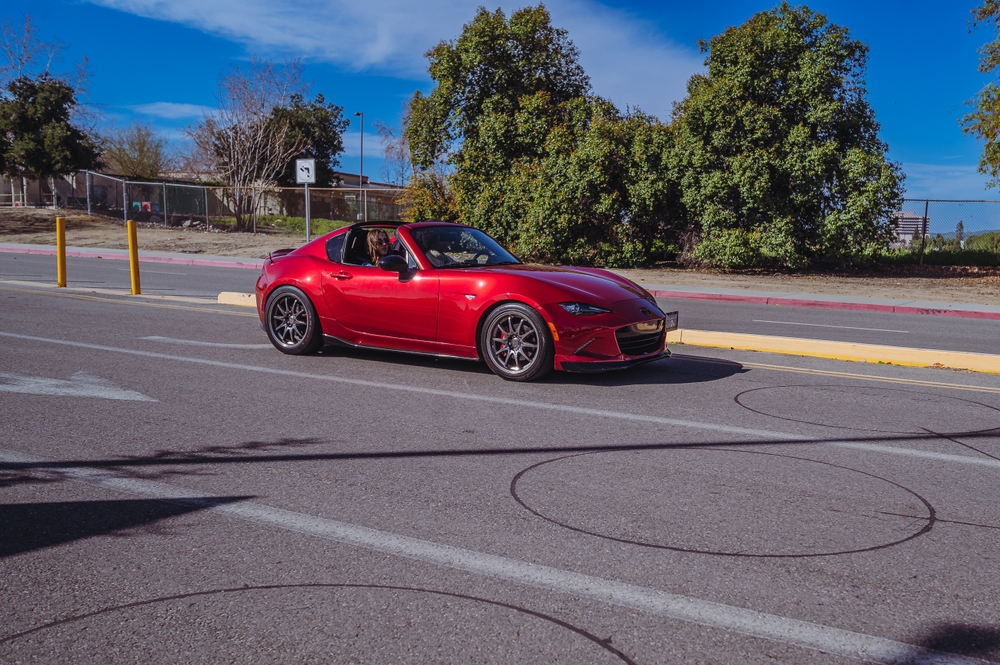
Sports cars have long been surrounded by myths that often deter people from considering them. Whether it’s the belief that they’re only for the wealthy or impractical for everyday use, many misconceptions simply aren’t true. Read More.
20 Japanese SUVs Known for Their Off-Road Capabilities

If you’re looking for an SUV that can handle rugged terrain, Japanese automakers have a long history of producing reliable and capable off-road vehicles. From compact models to full-sized beasts, these SUVs are built to tackle challenging environments while still offering comfort and practicality. Read More.


